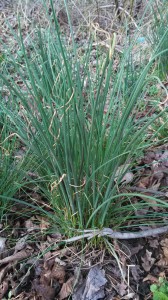
There are a number of plants that go by the name wild garlic, this article focuses on a very common species, Allium vineale which is also called crow garlic. This species has been introduced from Europe and Africa. Onions, Leeks, Garlic, and Shallots all are in the genus Allium and there are multiple wild plants that are closely related to these. Therefore this article may help you find or distinguish some of those species as well. Wild Garlic grows in many soil types, it’s most active growth is in spring and fall, that’s when it’s most noticeable.
This is not the exact same species as our cultivated garlic Allium sativum, but it can be used in all the same ways. It has a slightly milder flavor, and a slightly smaller bulb. The flower head and bulbils that grow in its place can also be used if harvested in summer when it’s present. The root bulb is the most familiar part to harvest and can be used just like garlic. The green stems can also be used like chives. Here is a Broccoli and Wild Garlic Recipe.
Health Benefits
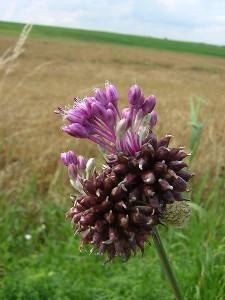
Just like our domestic Garlic, Wild Garlic has many health benefits including lowering cholesterol and blood pressure and acting as a tonic to the digestive system. It also probably has antiseptic properties just like domestic Garlic. It also may help to regulate blood sugar and is loaded with vitamins and minerals.
Cautions
All Allium species are toxic in certain quantities, humans have the ability to eat large quantities without being effected, grazing animals have been poisoned from eating large quantities, and dogs and cats have been poisoned from eating smaller quantities. Another thing to look out for is poison look-alikes such as Star Of Bethlehem or death camas (Zigadenus). The next subheading will tell you how to distinguish them from each other.
Key ID Features
The primary identification feature is the smell of the plant. All Allium species should smell like Garlic, Onion, Shallots, or Leeks, especially the bulb. If you don’t smell this and are not sure then don’t harvest the plant. Wild Garlic in particular has a hollow leafy structure with a single hollow tube, like chives, this is not true of all other Allium species like Wild Leeks (Allium tricoccum) which have a flat leaf. Wild garlic is dark green in early spring before other plants and late fall after other plants, this helps to spot it.
Conclusion
The familiar taste of garlic might help to improve the taste of otherwise bland foraged food. It also has lots of health benefits and can be found in many parts of the country including both the east and west coast. This plant can also be easily planted in the fall to harvest the next year. So see if you can get your hands on some wild garlic, it has many uses and health benefits and can easily be planted in your own garden.
Read our Article on: Safe Foraging
Many of our readers find that subscribing to Eat The Planet is the best way to make sure they don't miss any of our valuable information about wild edibles.
See our privacy policy for more information about ads on this site

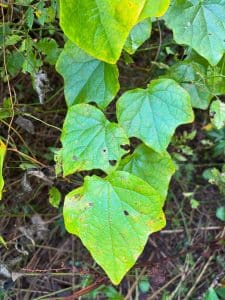
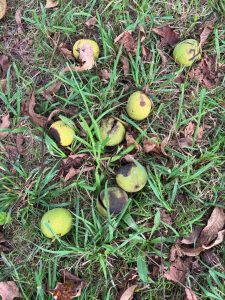
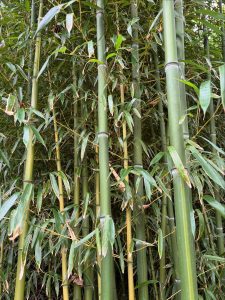
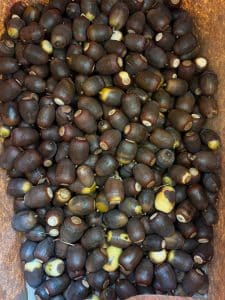
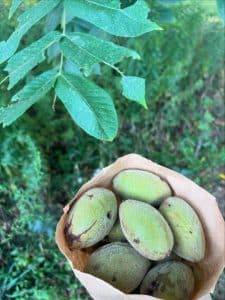
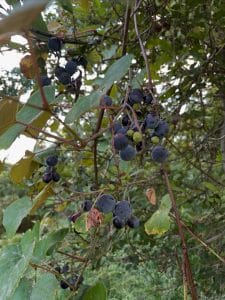
One Response
Love learning about foraging